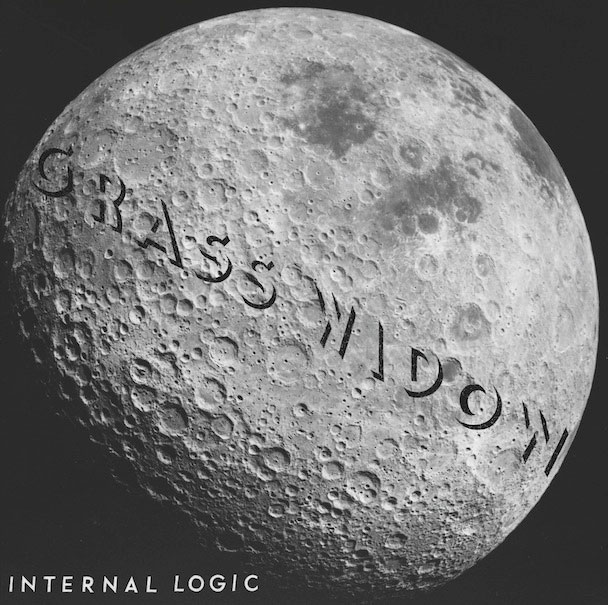The Art Fair as Community-builder
Meanwhile, on the other side of town a different kind of art fair is gaining momentum. The third MDW Fair will occur during the second week of November. Founded in 2011 by Aron Gent (Document), Ed Marszewski (Public Media Institute), Shannon Stratton (threewalls), Eric May (Roots and Culture) and Abigail Satinski (threewalls), MDW’s purpose is, according to Aron Gent, “to give a voice to local galleries and local diy apartment gallery spaces.” While explaining MDW’s mission, Gent described how smaller galleries in Chicago often paid $4,000 or more to get booths at sprawling events like Art Chicago or NEXT Art Fair. Investments like these placed too much emphasis on whether art sold or not and left many galleries with a bitter taste in their mouths. MDW arose as a response to the overpriced art fairs, offering a low-overhead rallying point that connects and strengthens independent galleries and arts organizations.
This year’s MDW Fair will host 75 exhibitors, publishers and performers at Mana Contemporary art center on the South Side. The new layout will pair exhibitors in 25′ x 50′ rooms and the gallerists will decide how to divide the space. The hope is that this interconnectivity will foster a next level of collaboration and pollination. “It moves away from the idea of a fair, with the open booths and the aisle you walk down,” Gent told F Newsmagazine, “Instead it’s more like a studio visit, a little more intimate than cruising down the aisles of traditional art fairs. It’s a social experiment of how the relationships of these galleries will evolve or stay the same.”
Booths at MDW cost a meager $400, a calculated move by the organizers. According to Gent, “This way galleries can afford the cost of having an exhibition, make these connections, get exposure, be happy and make money back or put the $400 as a tolerable loss.” This low level of financial investment frees MDW from purely commercial measures of success. Instead participants can experiment with presentation and test the market.
The problem for a fair like MDW is that while the financial risk is low, so is the possibility of making a statement. EXPO Chicago drew international press and interest, providing a launching pad for lesser-known galleries. For example, San Francisco’s Jessica Silverman Gallery garned art world headlines by selling out their works by artist Hayal Pozanti. In the past MDW has received barely a fraction of the same coverage, and little work sells. MDW’s purpose is not specifically to sell art but one must question the ultimate value of “making connections.”
Is There Room for More?
When Chicago gallery owner Andrew Rafacz acquired a booth within the Exposure section at EXPO, offered at a reduced rate and geared toward up-and-coming galleries, his goals were realistic: “When presenting emerging contemporary artists, it is hard to be 100% sure how it will go,” but ultimately the fair was a success, “We made sales that boosted the profile of [our] artists, but we also got the work in front of a lot of people.” For Rafacz, EXPO was about more than making sales, “There has always been an amazing level of cooperation and collaboration [in Chicago]. All of this has been in place on some level for a long time, and it’s more about out-of-towners showing up and realizing we have something great here.” Aron Gent echoed this sentiment: “I think it’s really great what EXPO is doing, trying to pull international people and collectors to Chicago. It’s generally good exposure and they should continue to do it. MDW on the other hand is crucial, but on another level. It’s about taking that first baby step and meeting people without worrying about money.”
While EXPO offers the benefits of a trickle-down-style economics, and MDW supports up-and-coming arts organizations, neither addresses what Gent considers a glaring concern — the lack of a middle-class art collecting community: “[We need to be] educating young people in Chicago about collecting and trying to facilitate a collecting community.” This brand of collectors who pays between $500 and $5,000 for work provides an integral bridge between the markets of EXPO and MDW.
Perhaps of greater concern are questions of whether the art fair is an outdated model. “Chicago may be better suited institutionally and historically to jettisoning the idea of the art fair as a way of bringing contemporary art to a larger context,” said Terry Myers, “Perhaps we should get on the biennial wagon. It wouldn’t be so blatantly reliant on people showing up to buy things. It has more to do with sponsorship from corporations and institutions.”
The international art fair model could galvanize interaction between every aspect of Chicago’s art culture. It could require collaboration between museums, universities, gallery owners, arts advocacy organizations and artists. It would also require buy-in from Chicago’s governmental infrastructure, whose support would be essential to completing plans and securing exhibition space.
Unfortunately, overabundance also plagues the glut of international biennials. A successful model could be Kassel, Germany’s documenta, which occurs every five years, an optimal length of time that allows for thoughtful curation while also keeping the art world’s interest.
By removing a reliance on sales as the lifeblood of the event, the presentation of art becomes the primary interest. A successful exhibition could bring attention to all facets of the art world, performing the dual functions of EXPO and MDW, but without as much reliance on the vagaries of the international art market.







